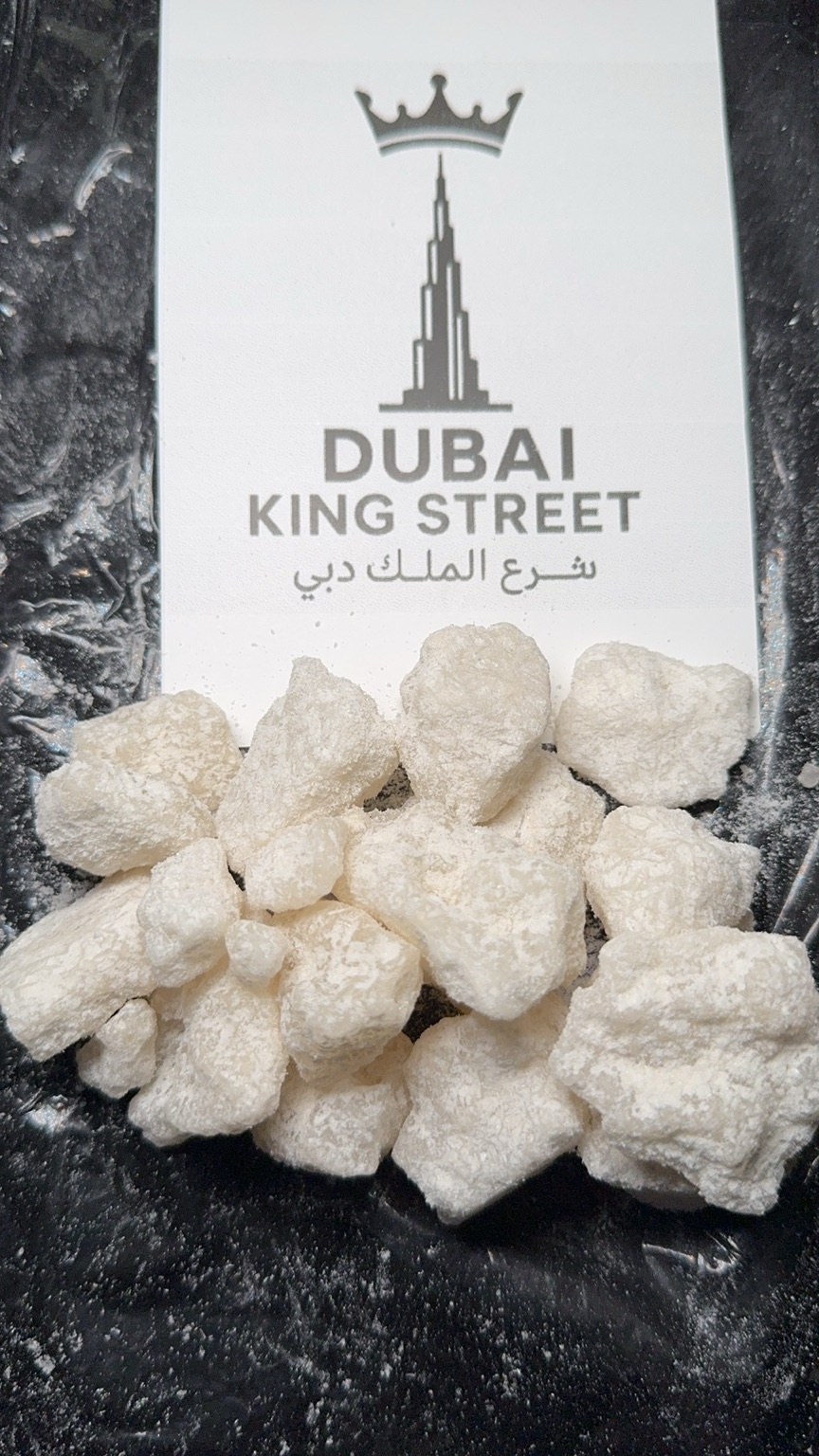Details
Buy 3-MMC online in Dubai
3-MMC (3-Methylmethcathinone) is a synthetic cathinone compound that has become a subject of interest in the field of neurochemistry and psychopharmacology due to its structural similarity to 4-MMC (mephedrone). It belongs to the β-keto amphetamine family, acting primarily as a monoamine releasing agent, with notable interactions at the dopamine and serotonin transporters. In laboratory environments, 3-MMC is typically examined for its behavioral, neurochemical, and analytical properties, and is used to study stimulant-like activity in controlled in vitro or preclinical systems.
Chemically, 3-MMC is characterized by a methyl substitution at the 3-position of the phenyl ring, which is believed to influence both its receptor binding profile and its pharmacokinetics compared to other substituted cathinones. Researchers exploring structure-activity relationships (SAR) often compare 3-MMC with analogues like 4-MMC, 3-CMC, and 4-CMC to better understand how positional isomerism affects potency, selectivity, and metabolic breakdown. Because of its growing relevance, 3-MMC is increasingly included in forensic toxicology libraries, analytical chemistry databases, and pharmacological screening panels.
Mechanism of Action and Laboratory Applications
In laboratory settings, 3-MMC is commonly studied for its ability to induce the release of monoamines, particularly dopamine (DA), serotonin (5-HT), and norepinephrine (NE). It also acts as a reuptake inhibitor, contributing to elevated extracellular levels of these neurotransmitters in neuronal tissue models. This dual mechanism mirrors that of classic stimulants, making 3-MMC an appropriate compound for modeling monoaminergic modulation, especially within research exploring reward pathways, locomotor activity, and neurotransmitter receptor sensitivity.
3-MMC is usually handled in its crystalline or powder form, allowing precise dosing and ease of integration into solution-based research protocols. Its consistency and solubility make it suitable for use in high-performance liquid chromatography (HPLC), mass spectrometry (MS), and gas chromatography (GC). It’s also employed in behavioral studies involving rodent models, where researchers investigate stimulant-induced changes in movement, motivation, and neurological activation patterns. These studies help advance our understanding of how cathinone derivatives influence the central nervous system and synaptic plasticity.
Safety, Classification, and Scientific Responsibility
Depending on jurisdiction, it may be classified under various national or regional legislation regulating synthetic stimulants or new psychoactive substances (NPS). Researchers working with 3-MMC must ensure compliance with all applicable legal frameworks, and follow institutional protocols for handling, documentation, and disposal.
From a scientific perspective, 3-MMC serves as a valuable model compound for understanding how synthetic cathinones interact with key neurotransmitter systems. It also plays a role in toxicological comparison studies aimed at identifying potentially harmful structural analogues and informing future policy decisions. The compound’s reproducibility and relative stability under lab conditions make it a reliable candidate for long-term pharmacological and forensic research. Like all research chemicals with central nervous system activity, 3-MMC should be approached with rigor, documentation, and a clear experimental objective.







